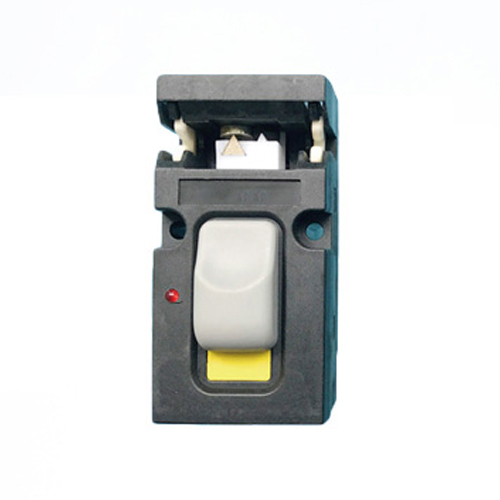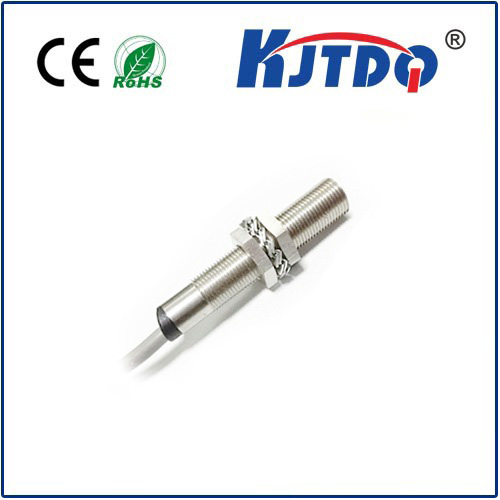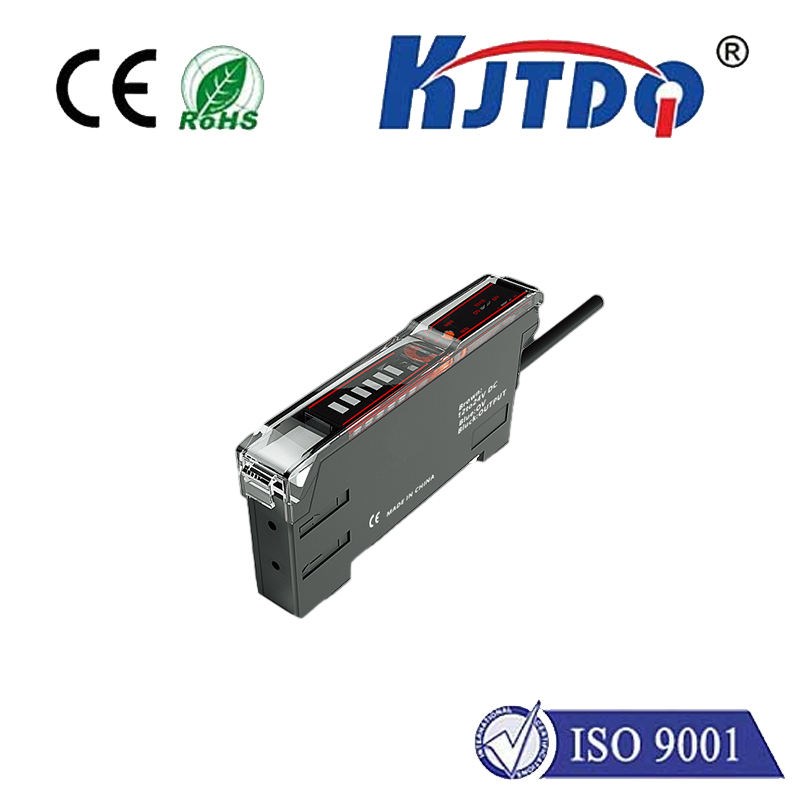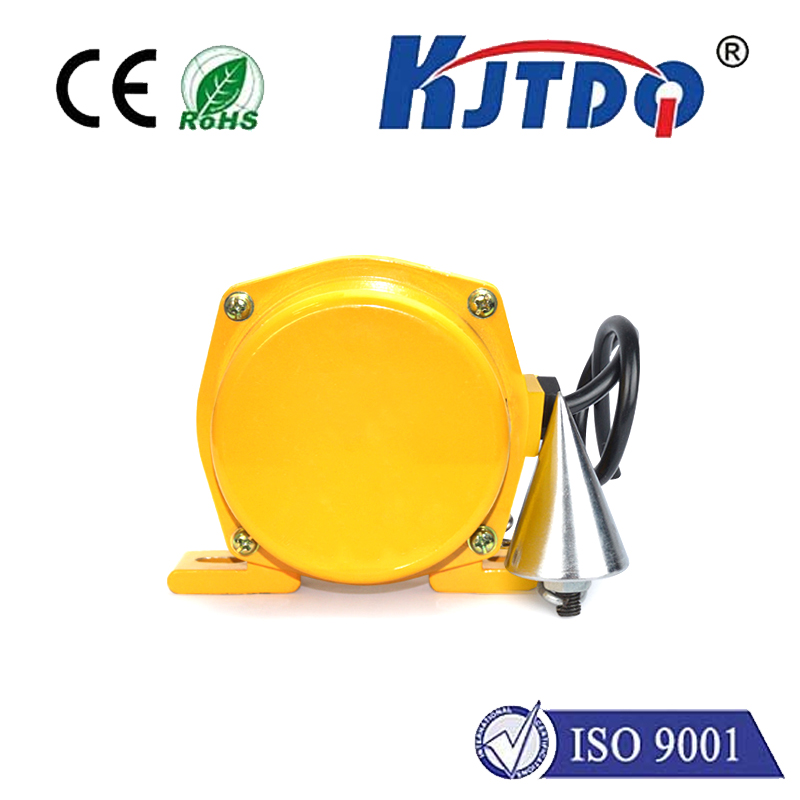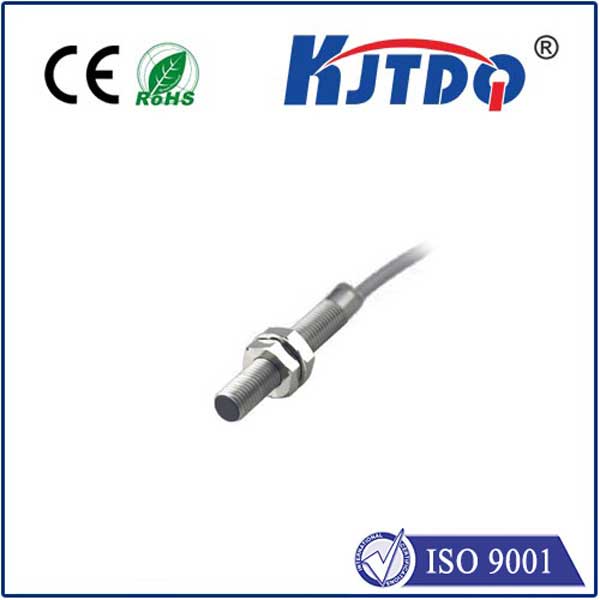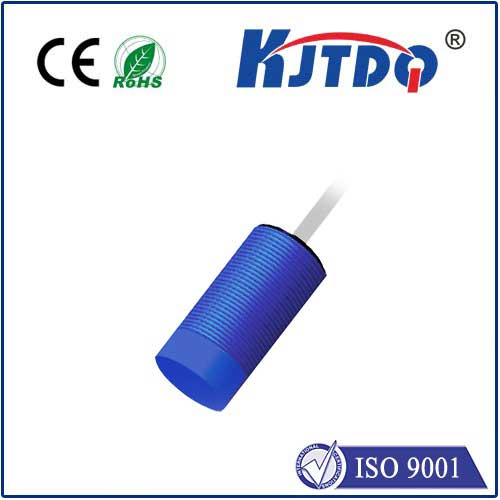

check

check

check

check
In the relentless world of industrial automation and heavy machinery, where immense pressures are commonplace, sensor failure isn’t merely inconvenient – it’s catastrophic. Downtime costs soar, safety risks escalate, and productivity plummets. This is precisely where specialized components like the BES020W High Pressure Inductive Proximity Sensor step onto the stage, engineered to thrive where standard sensors falter. Designed for unwavering reliability in extreme conditions, the BES020W delivers precise, contactless detection, becoming a cornerstone of robust and efficient high-pressure systems.
Understanding the High-Pressure Challenge
Standard inductive proximity sensors excel in countless applications. However, subject them to the crushing forces found in hydraulic presses, high-pressure die casting (HPDC), plastic injection molding, or heavy-duty test rigs, and their limitations become starkly apparent. Typical enclosures can deform, sensing faces buckle, and internal electronics succumb to stress-induced failure. Even minor deformation can drastically alter the sensor’s switching characteristics or cause complete malfunction. The result? Unplanned stops, compromised product quality, and potentially hazardous situations. The need for a sensor specifically hardened against these forces is undeniable.
The BES020W: Engineered for Endurance
The BES020W isn’t just an incremental improvement; it represents a fundamental design philosophy focused on resilience under pressure. Its core strength lies in its ability to withstand pressure peaks and sustained loads that would cripple conventional sensors, often rated for incredibly demanding environments up to 500 bar (7250 psi) and beyond, depending on the specific model variant.
How is this achieved? Through meticulous engineering:

Core Functionality: Inductive Detection, Hardened
At its heart, the BES020W operates on the well-established principle of inductive proximity sensing. It generates an electromagnetic field from its active face. When a conductive metal target (like a piston rod, mold plate, or valve spool) enters this field, eddy currents are induced within the target. The sensor detects the resulting change in the oscillator’s energy consumption and triggers a switching signal (typically PNP or NPN output). The brilliance of the BES020W lies in embedding this reliable technology within an enclosure specifically designed to maintain perfect functionality under immense external pressure.
Key Features and Advantages in High-Pressure Applications
Where the BES020W Proves Indispensable
The BES020W high pressure proximity sensor finds its critical niche wherever pressure is a dominant force:
Beyond Pressure: Additional Considerations
While pressure resistance is paramount, the BES020W proximity sensor often incorporates features vital for industrial environments:
Choosing and Implementing Effectively
Selecting the right BES020W variant requires attention to:
Proper installation is critical. Ensure a secure mount, adequate clearance around the sensing face, protection from mechanical damage, and correct electrical connections per the datasheet. The sensing face must not be recessed behind thick layers of material unless explicitly designed for flush mounting in metal; mounting in non-ferrous materials requires careful consideration of reduced sensing ranges.
Conclusion: The Foundation of Reliable High-Pressure Control
In the unforgiving realm of high-pressure industrial processes, compromise is not an option. The BES020W High Pressure Inductive Proximity Sensor stands as a testament to purpose-driven engineering. By combining the proven reliability of inductive sensing with a fortress-like construction designed to resist crushing forces, it delivers unwavering performance where others fail. Integrating BES020W proximity sensors into critical high-pressure applications translates directly to enhanced system uptime, improved safety, consistent product quality, and reduced maintenance costs. When your machinery operates at the edge of pressure, the BES020W provides the reliable detection needed to maintain control, efficiency, and peace of mind.
